There are quite a few movies I like for all the wrong reasons. It’s not that they are bad (although a few of them are), it’s because they contain a scene that I love torturing friends with when they come over. Now, usually, when friends stop by and I begin playing movie DJ, I start by pulling out all the movies with scenes with the Nicholas Brothers in them. Those near-supernaturally brilliant dance numbers in movies like Stormy Weather (1943) and Down Argentine Way (1940) thrill me in ways that few things in life do. I even tracked down some rare performances by them on bootleg DVDs- like their Sheik of Araby dance in Tin Pan Alley (1940) and Chattanooga Choo Choo, with the sublime Dorothy Dandridge, in Sun Valley Serenade (1941). Then there’s the staggering “Mr. Beebe” number (by only Harold Nicholas) in Carolina Blues (1944) that always takes my breath away.
But there are some scenes from films that are definitely guilty pleasures. I thought I would include a few that I’m embarrassed to admit forcing friends to endure when they are over. These are probably the reason they never drop by ever again.
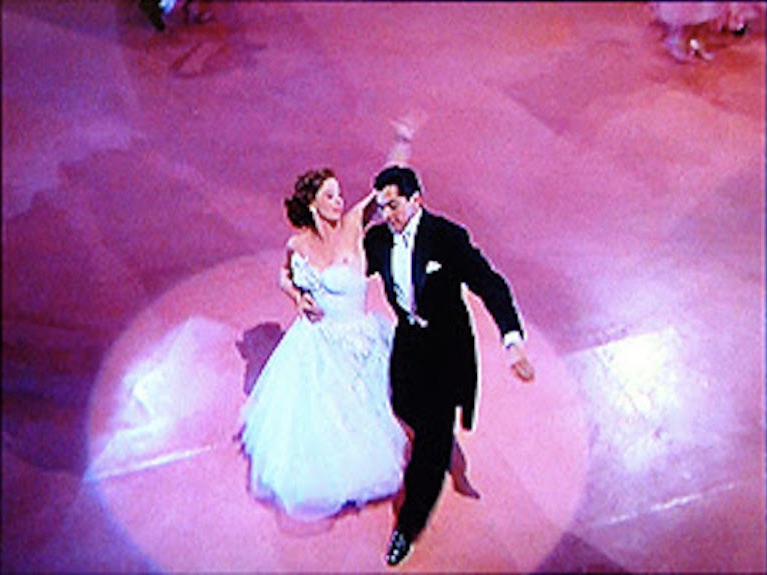
With a Song in My Heart (1952) You just have to love Academy Award-winning actress Susan Hayward. She had a brassy, ballsy, tough quality on screen that served best when she portrayed real-life women on screen. Especially when she played death row inmate Barbara Graham in I Want to Live! (1958), or alcoholic, Broadway star and torch singer Lillian Roth in I’ll Cry Tomorrow (1955). God forgive me, though, when I think of her I always picture her on stage in Valley of the Dolls (1967) singing “I’ll Plant My Own Tree” under a dangling, giant, fake Alexander Calder mobile. But the scene that makes me more insane is in Hayward’s biopic of courageous singer Jane Froman in With a Song in My Heart (1952). Froman was in a plane crash in 1943 and endured countless surgeries yet continued to sing for the troops during World War II. The movie is one of those typical Hollywood hagiographies which superficially chronicled her career, relentlessly pulling on the heart-strings and bolstering patriotic spirit. However, there is a mistake in the movie that is a lulu. The scene is Froman performing “With a Song in My heart” at the Roxy Theater before an adoring audience of servicemen. She’s in a spangled, white, strapless gown and is dancing with a handsome man in a tuxedo. The camera is looking down from a high angle and then, right at 48 minutes and 27 seconds, as she is twirling around, a breast pops out of the dress. Now, granted, it’s pretty fleeting, but how did 20th Century Fox miss that in the editing room? This is right up there with Ed Harris’s balls glimpsed under a towel in Swing Shift (1984).
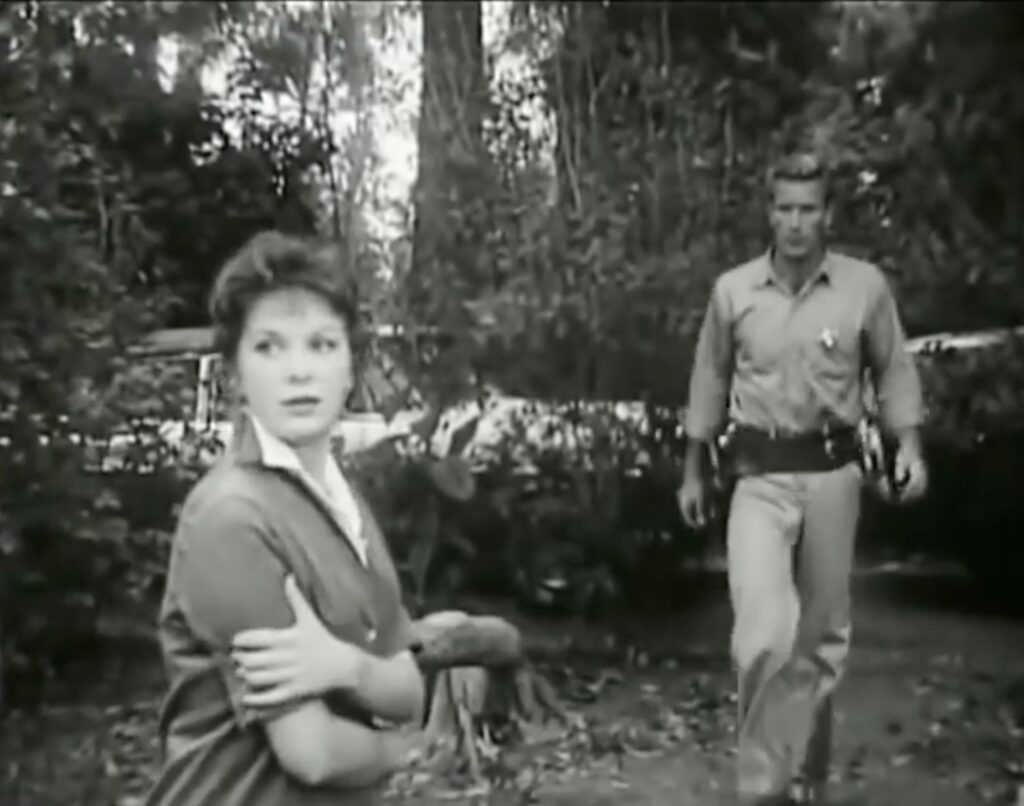
Attack of the Giant Leeches (1959) One of those well-loved, idiotic monster movies from the 1950s set in swamp country, where giant leeches drag down unsuspecting victims and periodically drain them of blood in caves. The always-enjoyable Yvette Vickers plays Liz, the slutty wife of an overweight shop-owner (Bruno VeSota) who pays for her adultery when she is dragged into the swamp by one of the creatures. What I find so entertaining in the movie is not the monsters (constructed from garbage bags), it’s the actor who plays the game warden- Ken Clark. The blonde, handsome Clark is best known as the slightly-dumb, musclebound himbo named “Stew Pot” in the movie South Pacific (1958). In this film, his pants reveal a startlingly detailed outline of an impressive penis. Through the years, I love pausing this movie occasionally to wow friends with the sight of his prodigious package.
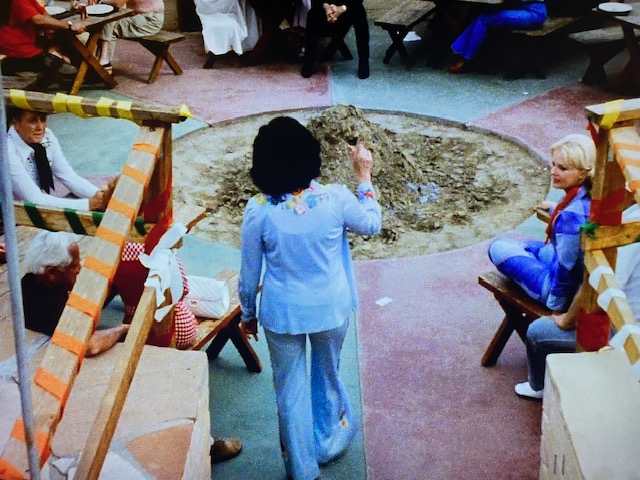
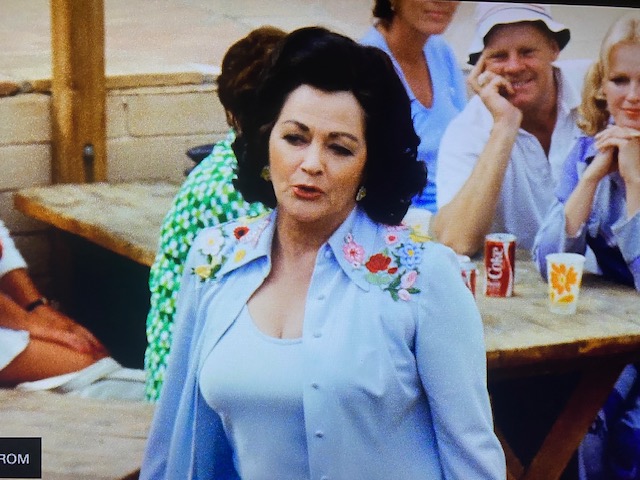
Blazing Stewardesses (1975). A monumentally lame sex comedy from Al Adamson with what’s left of the Ritz Brothers– Harry and Jimmy Ritz (who were never funny even when they were young)- filmed at the White Sun Guest Ranch in Palms Spring, California. Yvonne De Carlo plays a dude ranch owner. I have always loved her, not because of The Munsters, but because she was in the original cast of Stephen Sondheim’s Follies on Broadway and originated the song “I’m Still Here.” 50 minutes or so into the movie (after one of the Ritz Brothers humorlessly gets a cooked egg in his face), Yvonne De Carlo addresses a group of people sitting around a mound of dirt on picnic benches with, “I want to welcome you all to the Lucky Dollar Ranch. I’m Honey Morgan, your friend and neighbor. Ben Brewster asked me to act as sort of a hostess and provide a little entertainment. Most of you know that I’m pretty good at hostessing, and as far as the entertainment goes, well, you can be the judge of that.” The she launches into the ballad, “Now the Game is Over” (words and music by Gene Nash and Georg Moslener). But why is she singing to a mound of dirt? For some reason this scene drives me absolutely insane. But I have a good friend who, when he comes over, always announces right off, “For God’s sake do not show me Yvonne De Carlo singing to a mound of dirt today.”
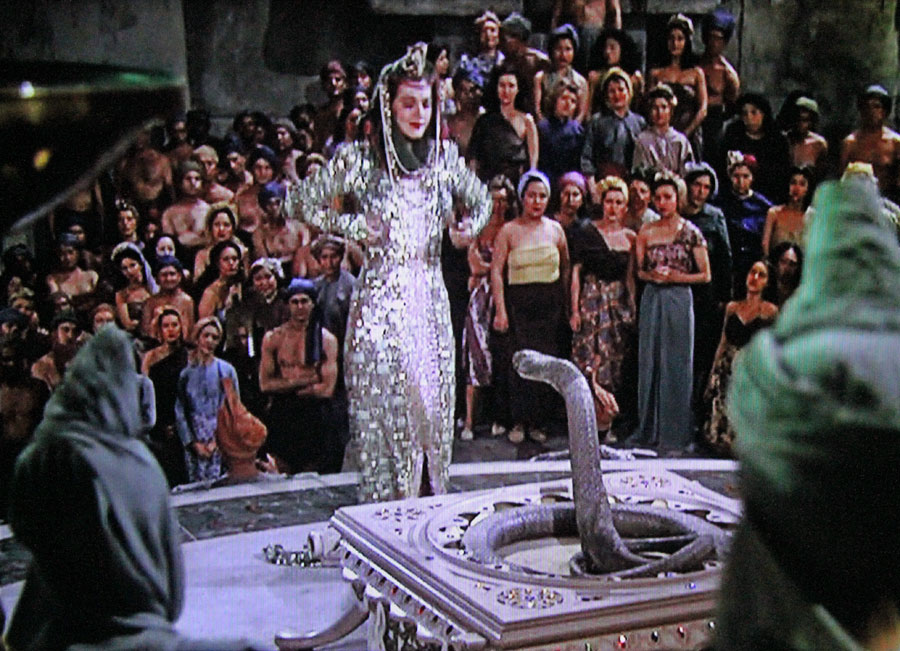
Cobra Woman (1944) I can see why legendary underground filmmaker Jack Smith (Flaming Creatures) was so enamored with Dominican actress Maria Montez. Called the “Queen of Technicolor” when her stardom reigned supreme at Universal Studios in the 1940s. She starred in a series of costumed adventure epics, either set in the Orient or on some tropical island. Handsome Jon Hall was often her leading man, and with Sabu around for comic relief. The movies were pure escapist fare. Incredibly beautiful, her marbles-in-the-mouth heavy accent added a charming, ludicrous quality to all her pictures, but Cobra Woman is definitely one of the very best. In it, Montez plays twin sisters- one good, one evil- in a fight to rule Cobra island. The evil one often throws some of the natives into the volcano to appease the “Fire God” and in a scene I watch repeatedly she does an exotic, sexy snake dance (around a darting, obviously fake cobra), wildly indicating who she chooses to get thrown into the volcano. Her dance reaches a frenzy where she is furiously finger-pointing, throwing her head back in ecstasy, as guards drag off screaming native women to their doom. I think it represents the ultimate definition of what “camp” is. I even made a pilgrimage to her grave in Montparnasse Cemetery in Paris to personally thank her for the untold hours of joy her stupid movies have given me.
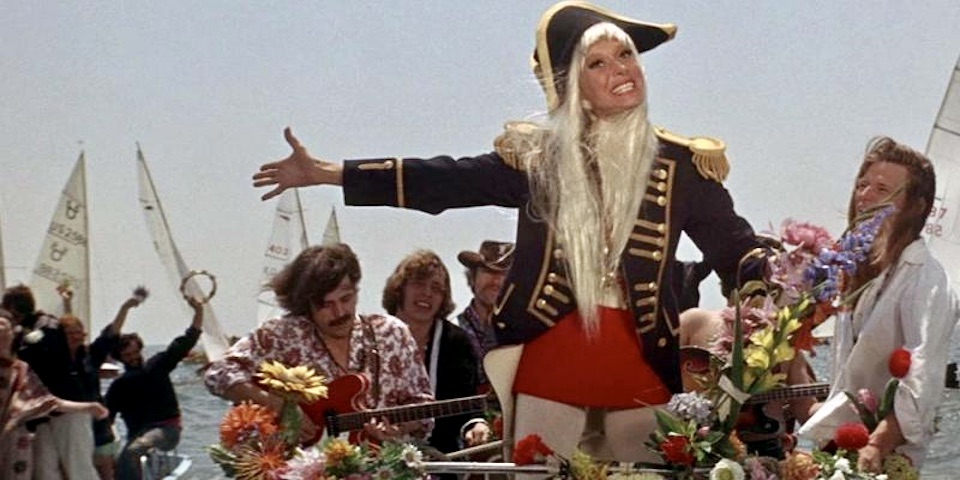
Skidoo (1968) Otto Preminger made a druggy counter-culture movie starring old people (Carol Channing, Groucho Marx, Burgess Meredith, Cesar Romero, Mickey Rooney). Preminger’s idea of “cool” was to show Jackie Gleason high on LSD in a prison hallucinating dancing garbage cans. 1 hour and 27 minutes into the movie a boat carrying Groucho Marx as God with George Raft as Captain comes under siege by boatloads of hippies to the rescue with Carol Channing screeching out the title song in a Rudi Gernreich-designed admiral’s outfit with thigh-high white go-go boots, “Skidoo, skidoo. The only thing that matters is with who you do. Skidoo, skidoo. I really do believe it is the thing to do. Skidoo, skidoo. Between one and three is two.” Astonishing in its awfulness, I can never stop watching the damn thing in a kind of stunned, almost reverent awe.
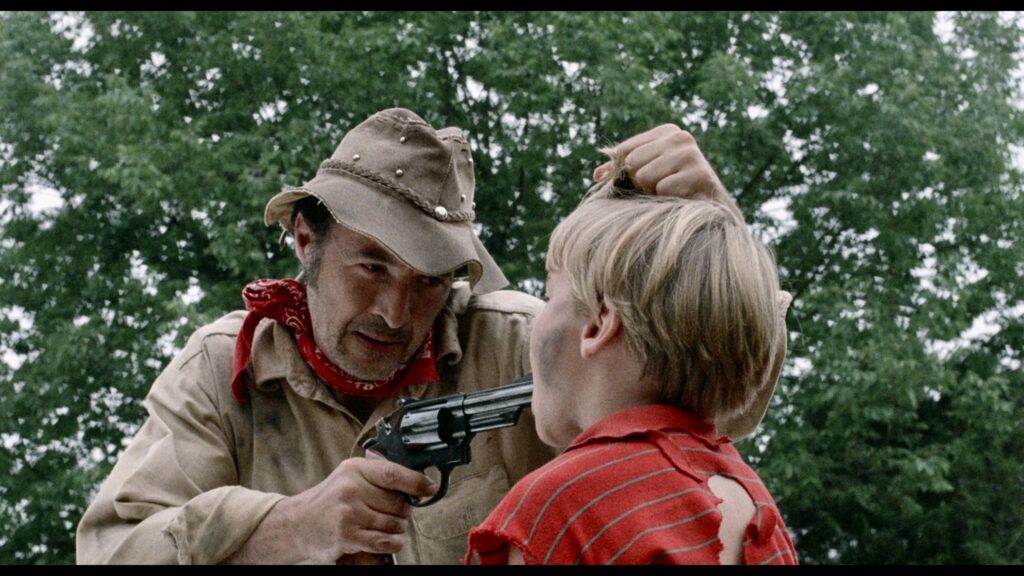
Beware: Children at Play (1968) This mind-boggling, little-known, cult classic begins when a father and son are out camping the woods. The dad gets his foot irreparably caught in a bear trap. The son watches him die and, traumatized and crazed, survives on his own in the woods, kidnapping other children from the nearby town to evolve into a murderous pack of killers. (Think pint-sized Manson Family). The director, Mik Cribben, was a cinematographer first and this is his only feature, unfortunately. But the ending really is why everyone remembers this film and I can’t help showing it to friends. The townspeople arm themselves with rifles and blow away all the kids in a sequence so gory and berserk it will leave the friends you invited over howling in disbelief. Trust me, very few endings in movie history are as hilariously wrong and deranged as in this film.
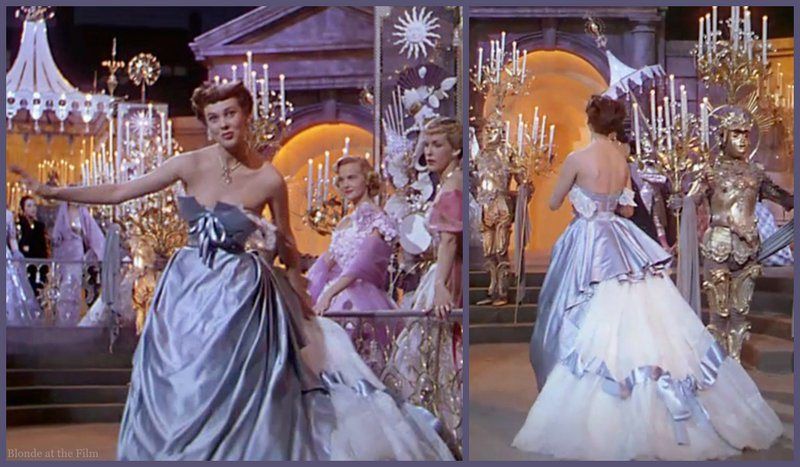
Lovely to Look At (1952) A lavish MGM remake of the film Roberta about an American (in this case played by Howard Keel) who inherits a Paris dress shop run by Kathryn Grayson in the film. He drags along his two buddies- Jerry (played by the extraordinary dancer Gower Champion) and Al (played by gag-inducing comic Red Skelton). Now it’s just a dumb romantic comedy for the most part, but it’s the ending that really slays me. They put together an extravagant fashion show at the shop to wow buyers. The show mixes in some fun Marge and Gower Champion dance routines, and the irrepressible tap-dancing marvel Ann Miller to spice things up. But the fashion show itself is an endless riot of haute couture ugliness which goes on for a full 15 minutes- it’s the whole end of the movie. Yours eyes bleed from the riot of silk, satin, lace and even gingham- models parade back and forth in outfits that literally make you laugh out loud at their entrance. One looks like she is wearing a complete outdoor picnic setting. Models strut the runway in swimwear with matching thin, elongated hats that look like they are wearing LP records on their head. Another vamps in a hideous hostess outfit right out of I Love Lucy. Even Zsa Zsa Gabor showcases black evening wear. You have to put up with the ungodly antics of Red Skelton during the proceedings, but it’s a small price to pay for such Technicolor insanity.
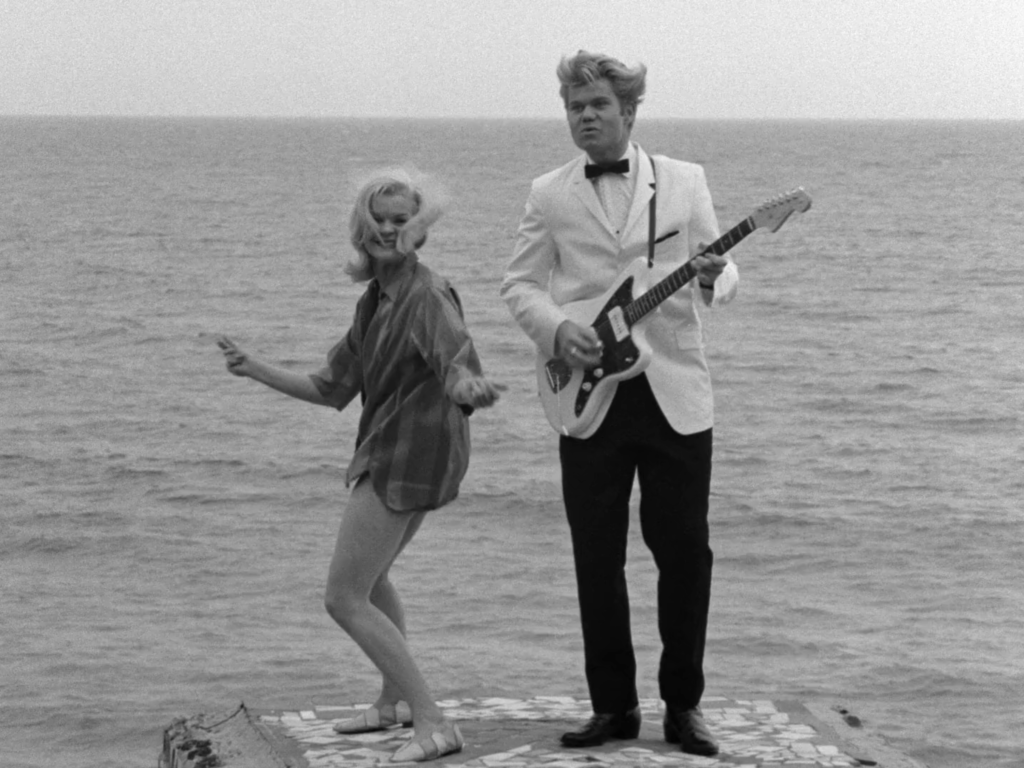
Wild Guitar (1962) Pug-nosed, pompadour-haired Arch Hall Jr. made a series of movies in the 60s where his father (Arch Hall Sr.– whose experience in the Air Force was immortalized in the movie The Last Time I Saw Archie) attempted to create a new teenage idol out of his son. I love him in movies though, like The Choppers, Eegah and especially The Sadist, where he actually turns in a creepy performance as a psycho killer. When Mystery Science Theater 3000 riffed on one of his movies they called him a “Cabbage Patch Elvis,” and they are not wrong. It’s Wild Guitar I love the best. Arch plays aspiring singer/songwriter Bud Eagle who arrives in Hollywood by motorcycle and comes under the influence of a sleazy talent scout (Arch Hall Sr.) who masterminds the singer’s rise to fame but controls everything he does, especially trying to sabotage Budd’s love affair with pretty ice skater Vicki (Nancy Czar). Vicki and Bud reunite after a live television broadcast and spend the night at her Uncle’s ice skating ring. This is the scene I can watch on a loop until the end of time. Bud keeps falling on his ass even though he boasted, “I used to go skating all the time.” But this lets Vicki go into an elongated skating routine, spinning and twirling and then winking at Bud at the end. Then the couple kiss as the camera crazily spins around them, often out-of-focus. I also love the scene where Bud croons “Vicki” on TV while actress Carolyn Brandt dances around in a spangled bathing suit beneath him and the finale where he plays guitar on the beach and everyone is twisting to the beat.
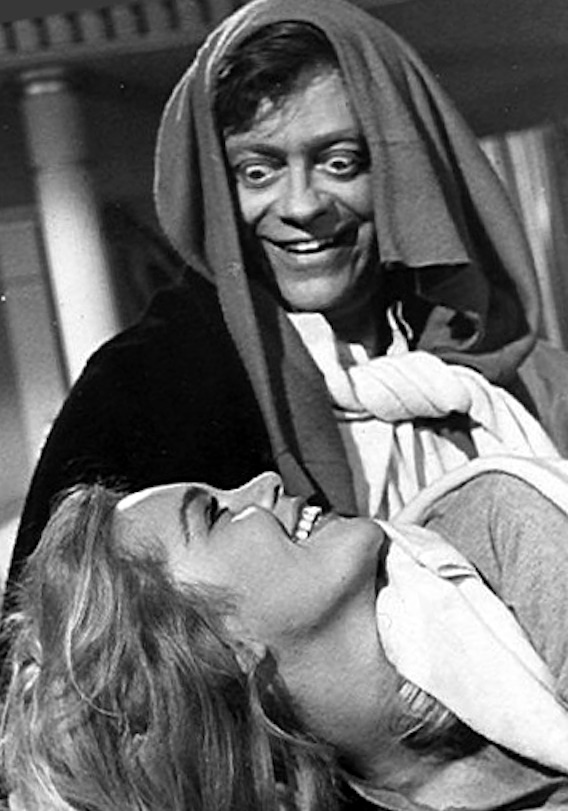
Lord Love a Duck (1966) Director/writer George Axelrod’s dark satire about Alan Musgrave (Roddy McDowall), a mysterious figure who offers to grant pretty, baton-twirling high school senior Barbara Ann Greene (Tuesday Weld) every wish her teenage heart desires. The fabulous Lola Albright plays Barbara’s seedy, cocktail-waitress mom. Harvey Korman plays the high school principal. Ruth Gordon shows up later as an eccentric mother-in-law. Barbara revels in her good fortune- from hooking up with a wealthy and handsome college boy, or meeting a producer of beach party movies who promises to make her a star. Roddy McDowall is way over-the-top but Tuesday Weld is, as always, utterly transcendent. The scene that I always have to rewind is Barbara dreaming of acquiring 12 cashmere sweaters so she can join a girl’s club. She ends up contacting her guilt-ridden, divorced father (Max Showalter) who takes her on a night out on the town. They laughingly gorge on hot dogs at a drive-in restaurant and then go to a store where she sexily tries on sweater after sweater while her father lustily laughs and laughs and laughs. Barbara comes out of the changing rooms writhing and rubbing her hands over her sweater seductively, announcing the different descriptive names: “Grape Yum-Yum,” “Banana Beige,” “Pink Put-On,” “Papaya Surprise,” “Periwinkle Pussycat.” It’s the strangest damn movie, but that sequence alone is so giddy, sick and demented it puts Lolita to shame.

Riot on Sunset Strip (1967) This was an attempt to fictionalize the L.A. riots caused by police curfews. They even used real documented fight footage during the film. Aldo Ray plays a fair-minded cop who sides with the hippies. That is until his wild-child daughter (Mimsy Farmer) is slipped acid at a party and is sexually assaulted. Mimsy Farmer is always terrific- in later movies like More (1969), The Road to Salina (1970) and all those great Italian films she excelled in like Four Flies on Grey Velvet (1971) and The Perfume of the Lady in Black (1974) But here in Riot on Sunset Strip her endless freak-out dance at the party is something to behold. She first slowly slips off her strand of beads and kicks off her shoes one at a time, even clutching one shoe for a while. She slides down in the corner and stares at her hand in wonder. She rises up swaying and jerking to the music, flinging her wild, teased-up mane of blonde hair backward and forward. Her wild dance even morphs into slow motion as she flails around the room and then is unfortunately led upstairs to the bedroom. The whole thing lasts about 7 minutes and I can’t tell you how many countless friends I have inflicted this on. It always makes me want to whip out a syringe and shoot LSD into my eyeballs.
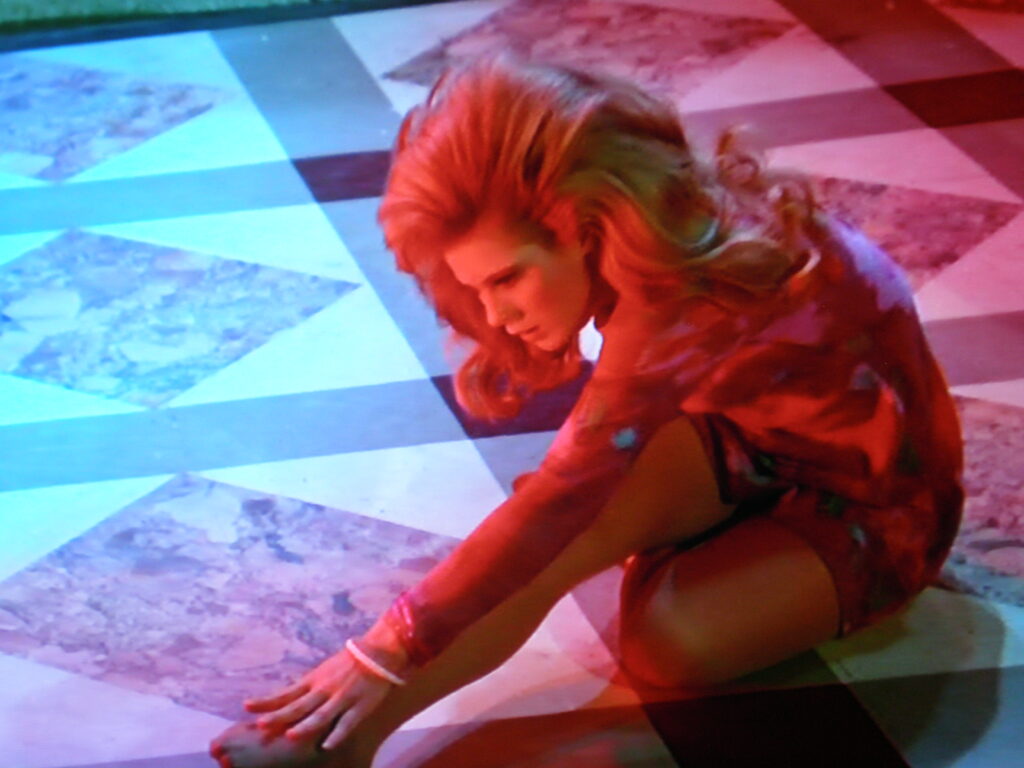
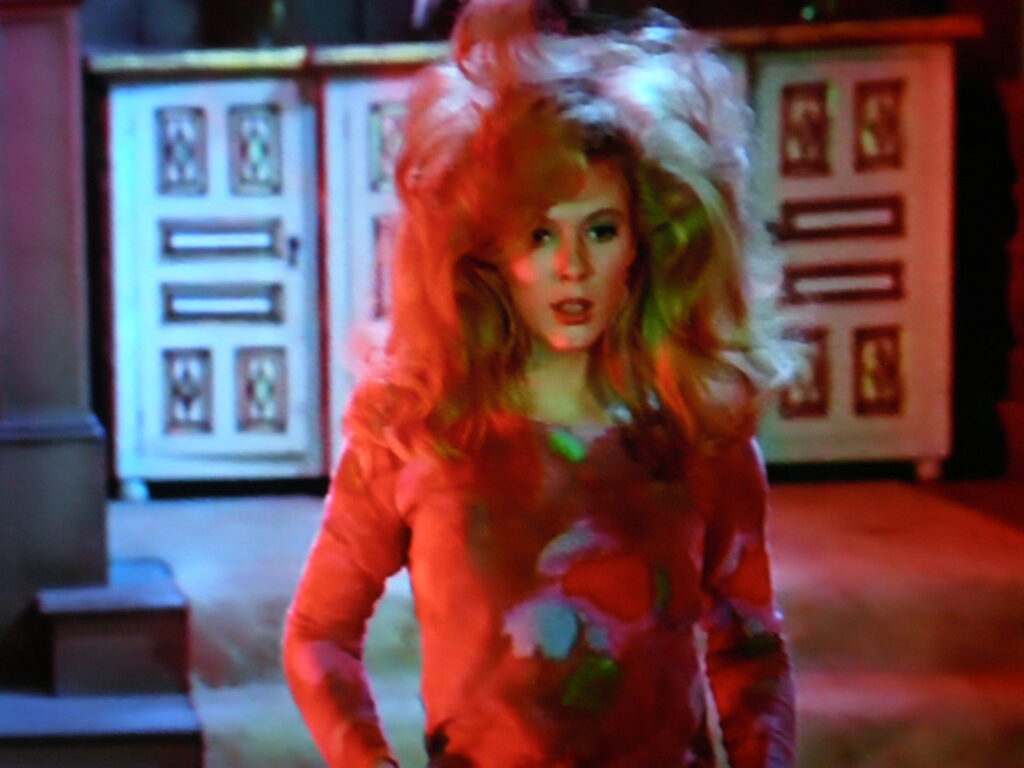
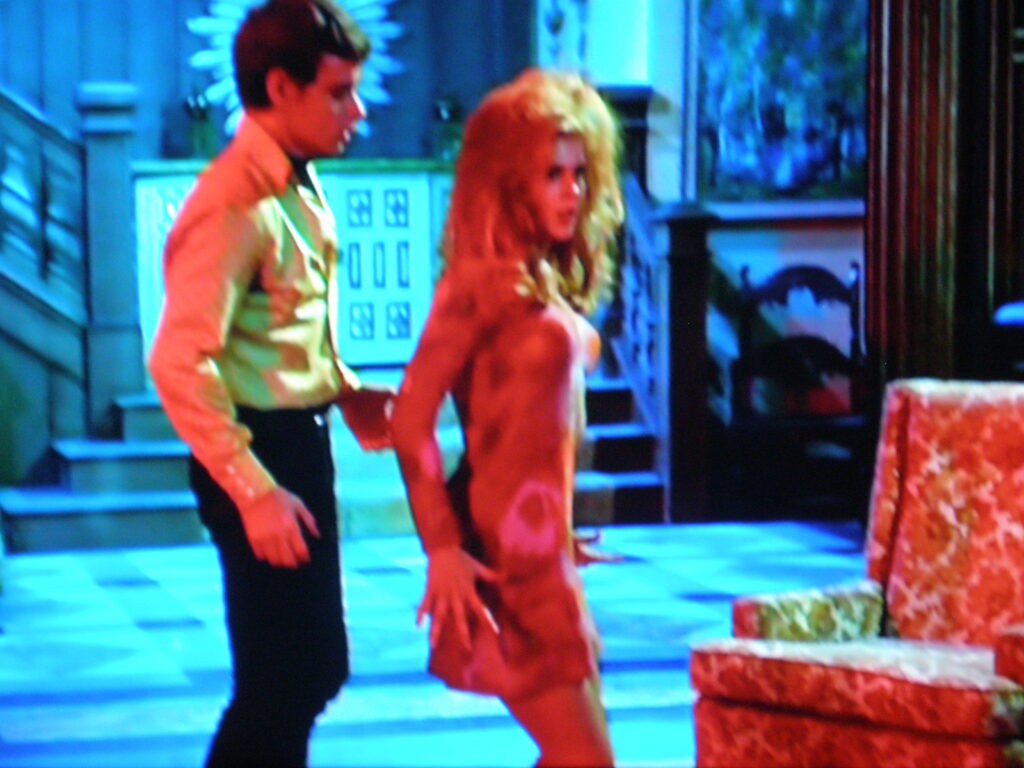

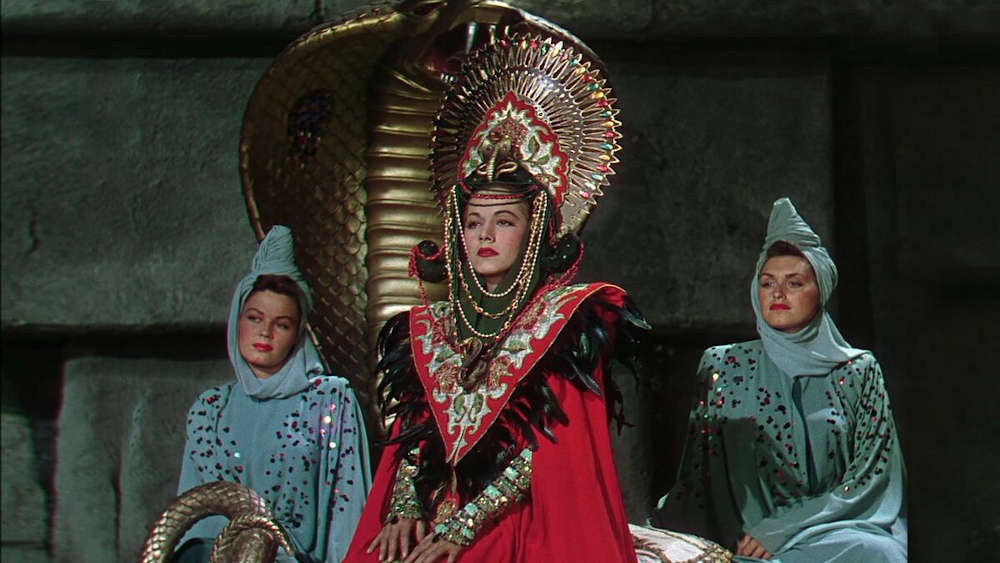
These all look insane and hilarious!!!
Loving your blog and your content. Keep up the good work and please keep the content coming.
Dying to watch every one of these!